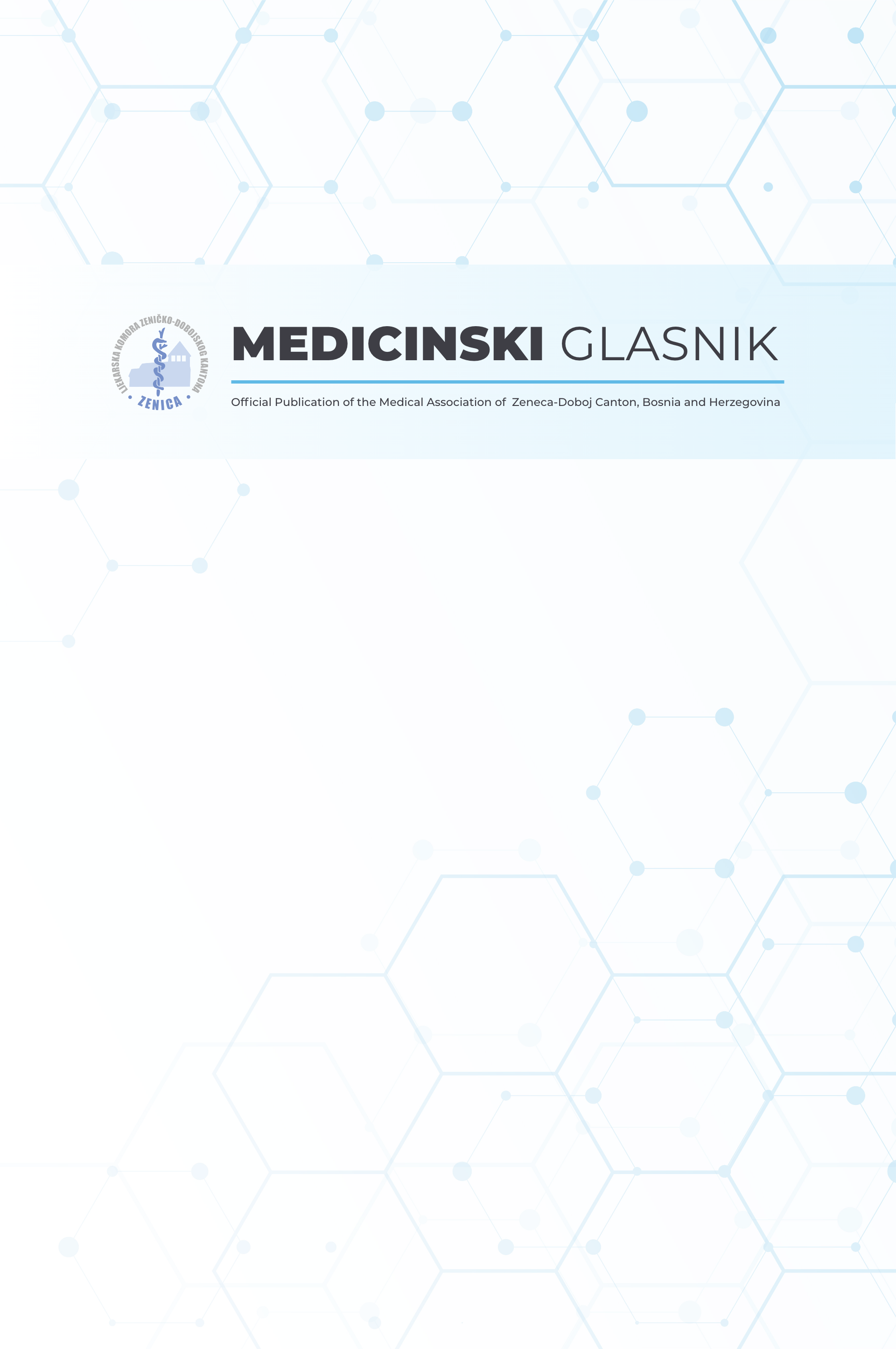 ,
,
Orthopedic and Traumatology Department, Faculty of Medicine, Universitas Brawijaya-RSUD Dr. Saiful Anwar , Malang , Indonesia
Orthopedic and Traumatology Department, Faculty of Medicine, Universitas Brawijaya, RSUD Dr. Saiful Anwar , Malang , Indonesia
Orthopedic and Traumatology Department, Faculty of Medicine, Universitas Brawijaya, RSUD Dr. Saiful Anwar , Malang , Indonesia
Orthopedic and Traumatology Department, Faculty of Medicine, Universitas Brawijaya, RSUD Dr. Saiful Anwar , Malang , Indonesia
Aim
Bone defect is a challenge even for experienced orthopaedic surgeons and it is a significant cause of morbidity in patients and a source of high economic burden in health care. A severe bone defect is a condition whereby the bone tissue cannot undergo natural healing despite surgical stabilization and requires further surgical intervention. Stromal vascular fraction (SVF) is a heterogeneous cell population derived from adipose tissue that results from minimal manipulation of the adipose tissue itself. TGF is essential in maintaining and expanding mesenchymal stem cells or progenitors of osteoblasts. Furthermore, TGF-β signalling also triggers osteoprogenitor cell proliferation, early differentiation, and maintenance of osteoblasts in the bone healing process. The aim of this study was to determine the effect of administering SVF on bone
defects’ healing process assessed based on the TGF- β1.
Methods
This was an animal study involving twelve Wistar strain Rattus norvegicus. They were divided into three groups: negative
group (normal rats), positive group (rats with bone defect without SVF application), and SVF group (rats with bone defect with SVF application). After 30 days, the rats were sacrificed, the TGF- β1 biomarker was evaluated (quantified using ELISA).
Results
TGF- β1 biomarker expressions were higher in the group with SVF application than in the group without SVF application. All comparisons of the SVF group and positive control group showed significant differences (p=0,000), respectively.
Conclusion
Giving SVF application could aid the healing process in a murine model with bone defect, marked by an increased level
of TGF- β1.
This work is licensed under a Attribution-NonCommercial-NoDerivatives 4.0 International ![]()

The statements, opinions and data contained in the journal are solely those of the individual authors and contributors and not of the publisher and the editor(s). We stay neutral with regard to jurisdictional claims in published maps and institutional affiliations.